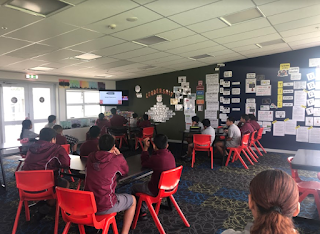LI: To explain in fewer words what Matariki is about.
This week for Matariki, we completed different activities, to show or understanding about Matariki. Florence, Sakshi and I worked together to complete a summary about what Matariki is. In our summary, we included 20 important words, 6 of the most important words and summed up those 6 words to create a few sentences. Matariki, is a celebration which celebrates Maori New Year.



